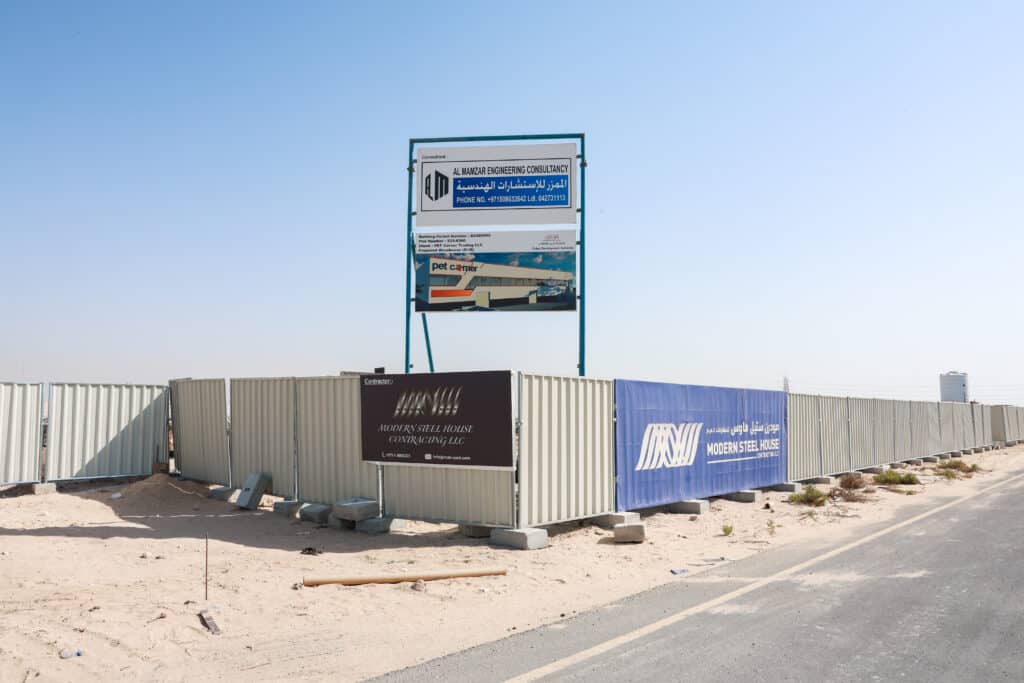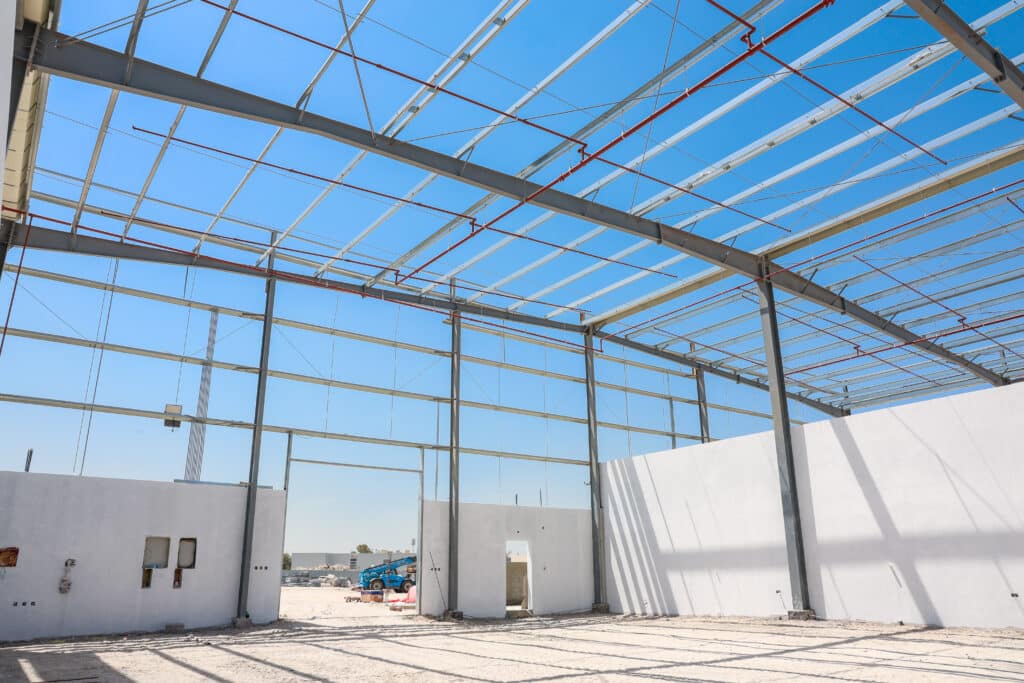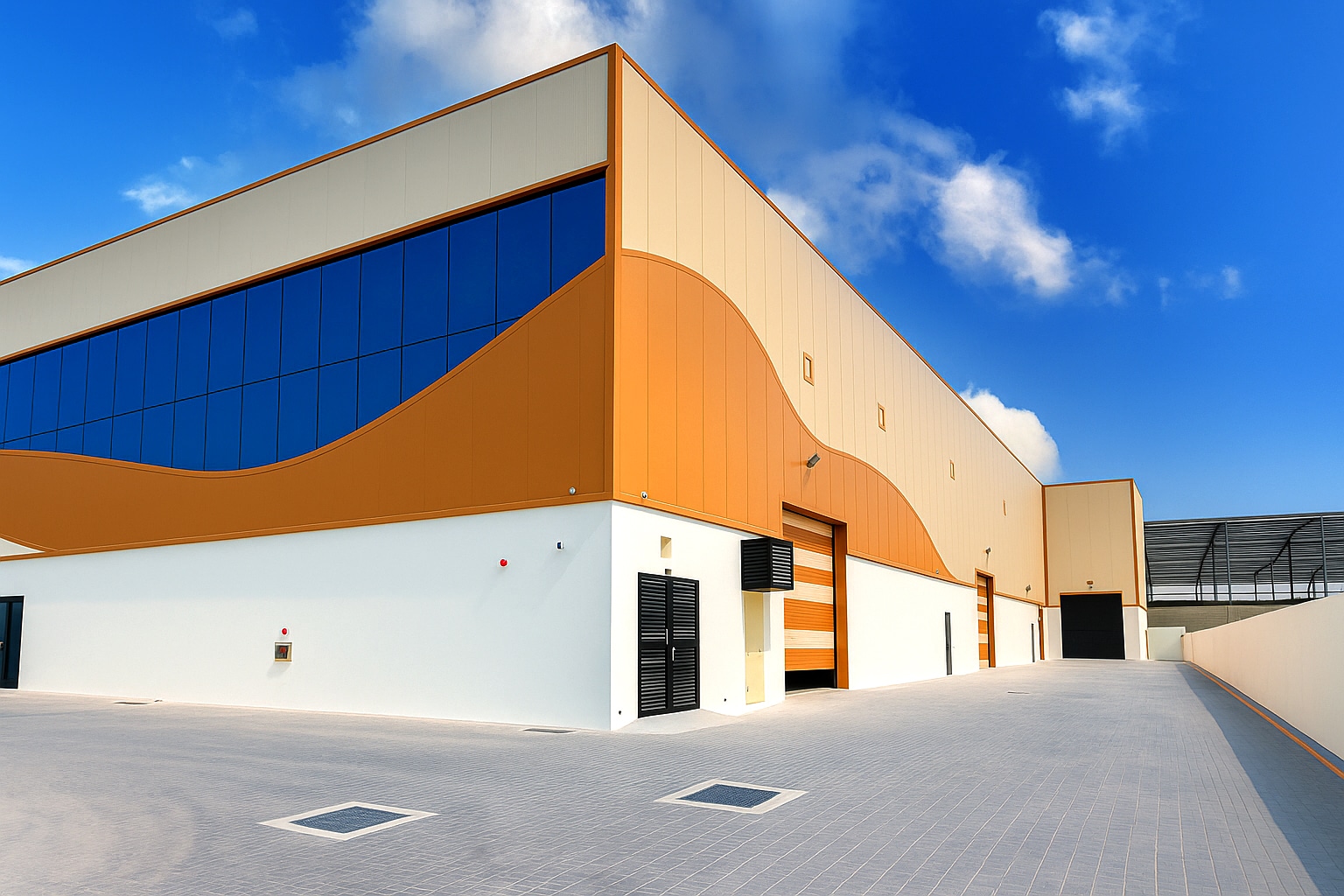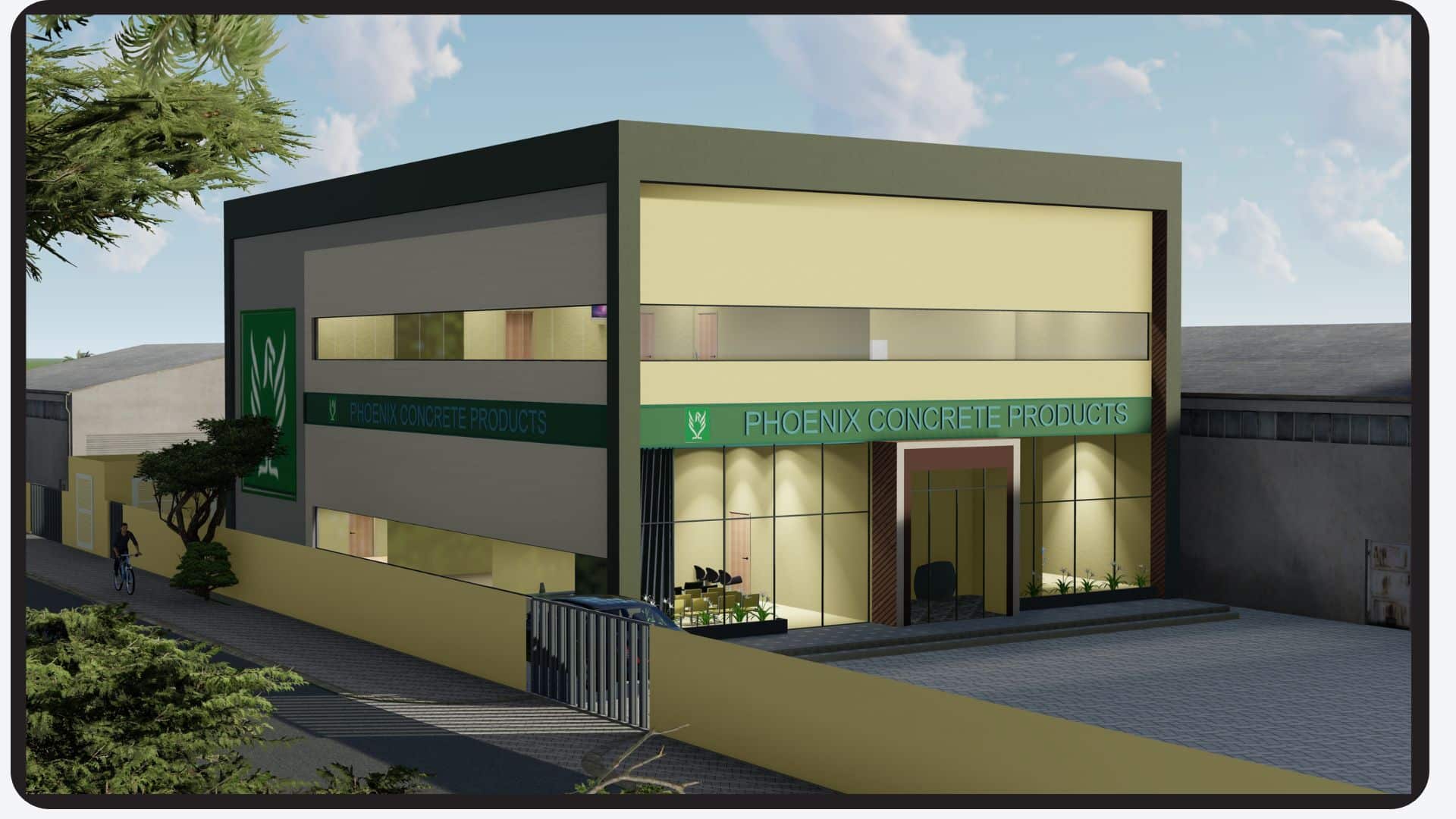Introduction
How can technology improve a building? The built environment is in the middle of a digital revolution. According to a forecast cited by the European Commission’s BUILD‑UP portal, the number of buildings worldwide that deploy smart‑building technologies will jump from 45 million in 2022 to 115 million by 2026.
The United Nations Environment Programme notes that the construction and operation of buildings consume around 37 % of global energy and produce 33 % of energy‑related carbon emissions. Such figures highlight the urgency of adopting technologies that improve efficiency and reduce environmental impact. This article asks how can technology improve a building and explores answers ranging from sensor‑driven energy management to advanced construction methods. Focusing on the UAE market, it also introduces the concepts of smart buildings, green construction and smart cities, and illustrates how industry leaders like MSH integrate innovation into their projects.
Read our guide: What Is Construction Week Dubai

How can technology improve a building
Digital tools can enhance every stage of a building’s life cycle, from design to daily operation. Three major areas stand out when considering how can technology improve a building.
Read our guide: Smart construction technology
Energy efficiency and sustainability
Real‑time monitoring and control systems are the cornerstone of energy‑efficient buildings. Networks of occupancy, temperature and light sensors feed information into central building‑management software, which automatically adjusts heating, cooling and lighting. When rooms are vacant, systems can dim lights and raise thermostats to save electricity. Dashboards help facility managers spot anomalies and schedule maintenance. By fine‑tuning consumption to actual need, buildings cut operating costs and shrink their carbon footprint.
Read our guide: MEP Full Form Explained
Occupant comfort and safety
Technology also improves how buildings support people. Sensors monitor indoor air quality, humidity and sound levels to keep environments healthy and comfortable. If carbon‑dioxide levels rise or air quality deteriorates, ventilation systems respond automatically. Smart access control and surveillance detect unauthorised entry, fires or gas leaks and alert managers instantly. Occupancy‑scheduling tools help people find free desks or meeting rooms and adjust conditions to their preferences, boosting wellbeing and confidence in the space.
Construction innovation and operational efficiency
New fabrication techniques and software tools are transforming building design and operations. Building Information Modelling (BIM) allows architects, engineers and contractors to collaborate on a shared 3D model, resolving clashes and refining schedules before work begins. Once a building is running, data from equipment sensors feeds into algorithms that flag problems early and extend asset life. Automation of routine tasks and access to real‑time performance data mean facility teams can focus on strategic improvements rather than reactive repairs.
Read our guide: Does stainless steel rust
What is a smart building
Smart buildings are at the heart of discussions about how can technology improve a building. They use sensors, connectivity and analytics to optimise performance and adapt to occupant needs.
Defining a smart building
A smart building goes beyond merely collecting data; it interprets information and acts on it automatically. Systems coordinate heating, cooling, lighting and security based on set parameters and real‑time feedback. Artificial intelligence and machine learning help the building learn from patterns and anticipate needs. The result is an environment that uses energy efficiently while maintaining comfort and safety.
Key technologies and data integration
The core technologies powering smart buildings include Internet‑of‑Things (IoT) devices, cloud platforms and digital twins. IoT sensors capture conditions such as occupancy, temperature and power draw. Cloud‑based control systems analyse these inputs and send commands back to equipment. Digital twins—virtual replicas that synchronise with sensor data—allow managers to test changes without disrupting operations. Integrating these tools with BIM and facilities‑management software provides a holistic view of performance.
Benefits and considerations
Smart buildings promise significant benefits: lower energy bills, fewer carbon emissions, improved wellbeing and more efficient maintenance. However, deploying smart technologies requires upfront investment and careful planning. Protecting occupant privacy, ensuring cyber‑security and training staff to interpret data are essential for long‑term success.

What Is green construction
Green construction—also called sustainable building—focuses on minimising environmental impact and maximising resource efficiency throughout a building’s life cycle. It emphasises high‑performance insulation, efficient glazing, renewable energy systems and water‑saving fixtures. Low‑carbon materials such as recycled steel lower embodied emissions, while smart waste management reduces landfill. Technology provides tools to model energy use, evaluate material footprints and monitor consumption in real time, enabling data‑driven decisions.
Read our guide: How do green buildings save energy
Smart cities
Individual smart buildings become even more powerful when connected to smart cities, where digital technologies coordinate infrastructure and services across urban areas.
Read our guide: What is a smart city
Integration of buildings and city systems
When many buildings share data on energy use, occupancy and environmental conditions, city planners can balance supply and demand across districts. Smart‑grid programs adjust consumption during peak periods, stabilising the electricity network and enabling more renewable generation. Real‑time waste‑management systems optimise collection routes, and integrated transport networks respond to changes in foot traffic. Buildings that communicate with city platforms improve resilience by informing emergency‑response teams about occupant numbers and hazard locations.
Challenges and opportunities
Developing smart cities is not without obstacles. Retrofitting existing structures with sensors and communication networks can be costly, and interoperability standards are still evolving. Data sharing raises questions about governance and privacy. Nevertheless, the potential benefits are substantial: smarter energy and water use, reduced pollution, and new economic opportunities in technology, construction and services. For the UAE, integrating smart buildings into city strategies can help achieve national sustainability targets and enhance residents’ quality of life.
Summary
The rapid rise of smart‑building technologies and the urgent need to cut emissions make it vital to ask how can technology improve a building. By deploying sensors, analytics and automated controls, buildings can drastically reduce energy use while keeping occupants comfortable and safe. Innovations such as BIM and 3D printing streamline construction and enable proactive maintenance. Smart buildings leverage IoT devices, cloud platforms and digital twins to learn from data and optimise performance. Green construction minimises environmental impact through efficient materials and renewable energy. When connected to smart‑city systems, buildings share information that improves grid stability, waste management and public safety. Embracing these technologies is essential to delivering sustainable, future‑ready projects that support the UAE’s environmental and economic ambitions.


